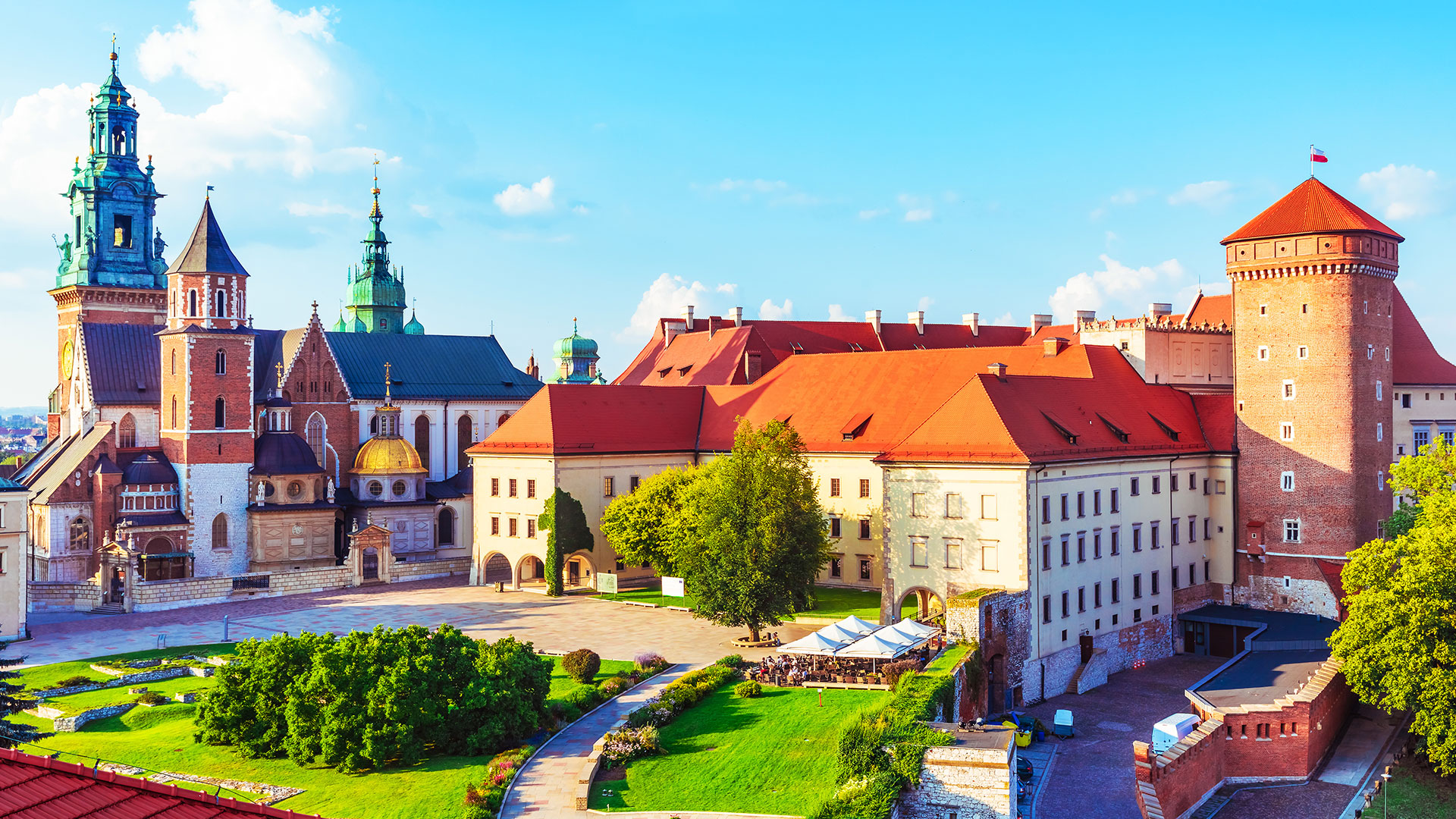
The historian
Amid the chaos of war, artworks can go missing | Issue 19 | 2021


This is the extraordinary life of a woman who lived in the fourteenth century and became a king and, later, a saint.
The Grünes Gewölbe in Dresden is the greatest extant example of a royal Kunstkammer, filled with objects made of amber, ostrich eggs, coral, silver, gold and every other substance imaginable. Among its collection is a fourteenth-century chalice of rock crystal and silver gilt.
On my first visit I almost walked past the chalice without pausing, except that it is my habit to look at each object dutifully, even if only for a moment. Then I saw the enamel coat of arms on its base—the arms of Anjou—and stopped for a closer look. The Angevin dynasties that sprang from the French county of Anjou ruled, at various times, England, Jerusalem, Naples and Sicily, Hungary and Poland, and are the most fascinating rulers of the medieval period.
The label stated that the chalice was commissioned as a gift for Wawel Cathedral some time after 1385 by the Angevin Queen Jadwiga of Poland. Yet this is incorrect, because Jadwiga wasn’t queen of Poland: she was its king.
Jadwiga was the younger daughter of Louis the Great of Hungary, who had himself become king of Poland after usurping the throne from the descendants—in the female line—of his cousin Casimir the Great. When Louis died in 1382, his elder daughter Maria claimed both thrones, but the Polish nobility refused to be ruled by an absentee monarch and insisted that Hedwig (as Jadwiga was then known) be sent to Poland to rule personally.
The question of whether Maria or Hedwig, as women, could rule Hungary or Poland should perhaps have been a difficult one. England accepted female succession in theory, but rejected it in practice when the Empress Matilda was driven from London in 1141 and prevented from succeeding her father Henry I. France had categorically banned succession in the female line in 1328. In Hungary, however, there was a simple response to claims that women were not allowed to inherit, whether it be land, titles or the throne. This was ‘masculinisation’, whereby the king, using his ‘plenitude of power’, proclaimed that, in the absence of male heirs, women could become ‘male’ and enjoy full rights of inheritance. The procedure was duly applied to Maria so that she could become king of Hungary. In Poland, things were even more simple, since there was no legal requirement that a ‘king’ be male.
This laid bare the semantic tension in the words ‘king’ and ‘queen’. If ‘king’ meant the monarch who ruled the kingdom and ‘queen’ meant the woman married to the king, then what should a woman who ruled the kingdom be called? The answer was obvious: if a woman were monarch, then she was king.
Hedwig was crowned under the Polish form of her name, Jadwiga, as king in 1384. Jadwiga swiftly became one of the most important monarchs in Polish history, most notably by marrying the last pagan ruler in Europe, Jagiello of Lithuania, when she was eleven. Her consent to the marriage facilitated the mass conversion of the Lithuanians to Latin Christianity and sealed her reputation for sanctity—although some say that she was forced to marry Jagiello and tried to smash her way out of Wawel Castle with an axe in a bid to escape and return to her betrothed, the Habsburg Duke William of Austria.
Jadwiga died in 1399 at the age of twenty-six, a few days after giving birth to a daughter who also died young, but Jagiello succeeded her as king and founded the Jagiellon dynasty which ruled Poland for nearly two centuries. Jadwiga’s tomb in Wawel Cathedral became a shrine and she was canonised in 1997. The chalice she commissioned for the cathedral now sits in Dresden, a reminder in rock crystal of Poland’s female king.
Jeff Anderson’s book Angevin Dynasties of Europe 900-1500: Lords of the Greatest Part of the World was published in 2019 by The Crowood Press.
The Wawel Royal Cathedral of Saints Stanislaus and Wenceslaus, Wawel Hill, Kraków. RE: issue 13 (2018).
© Norton Rose Fulbright LLP 2026